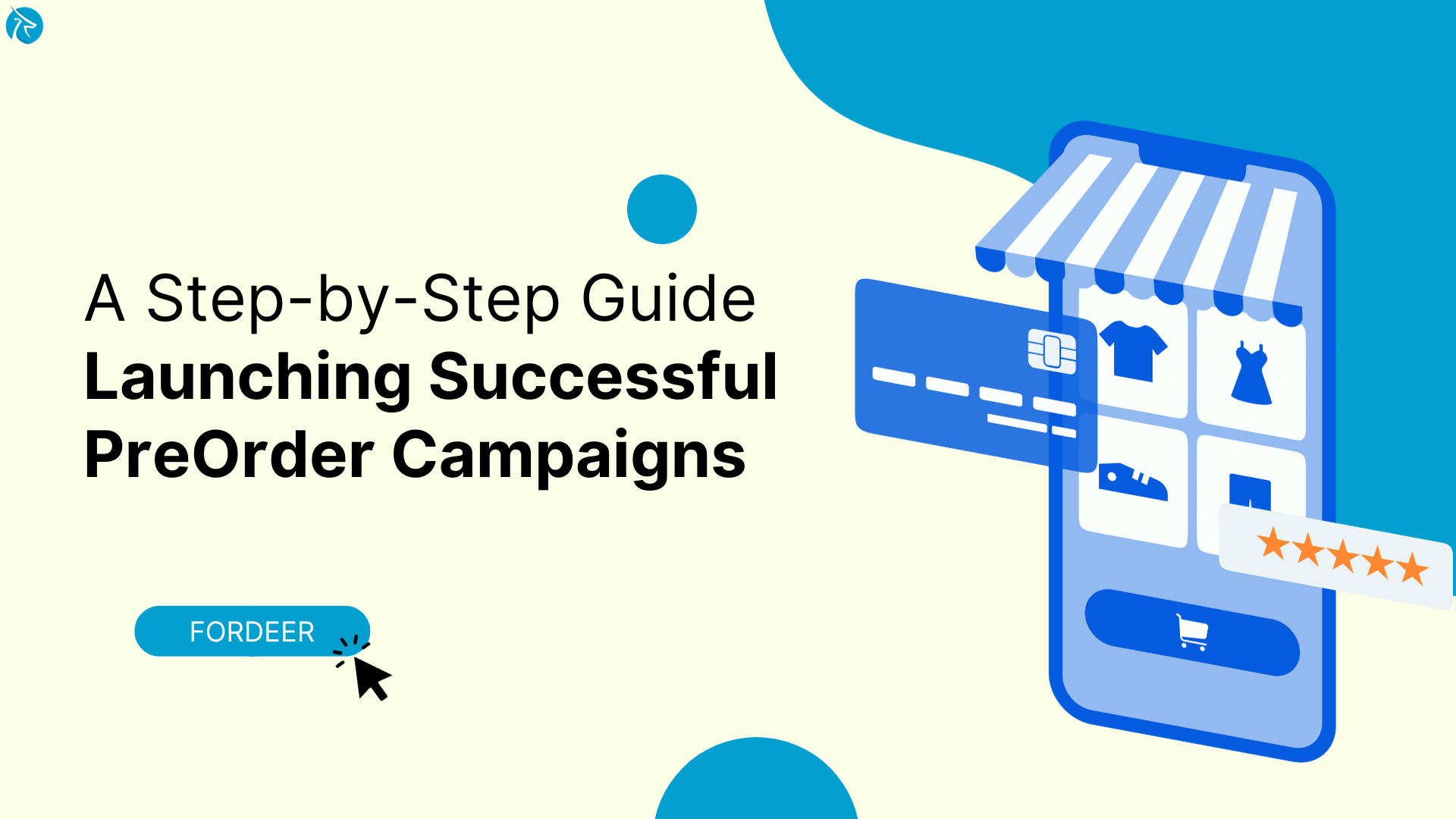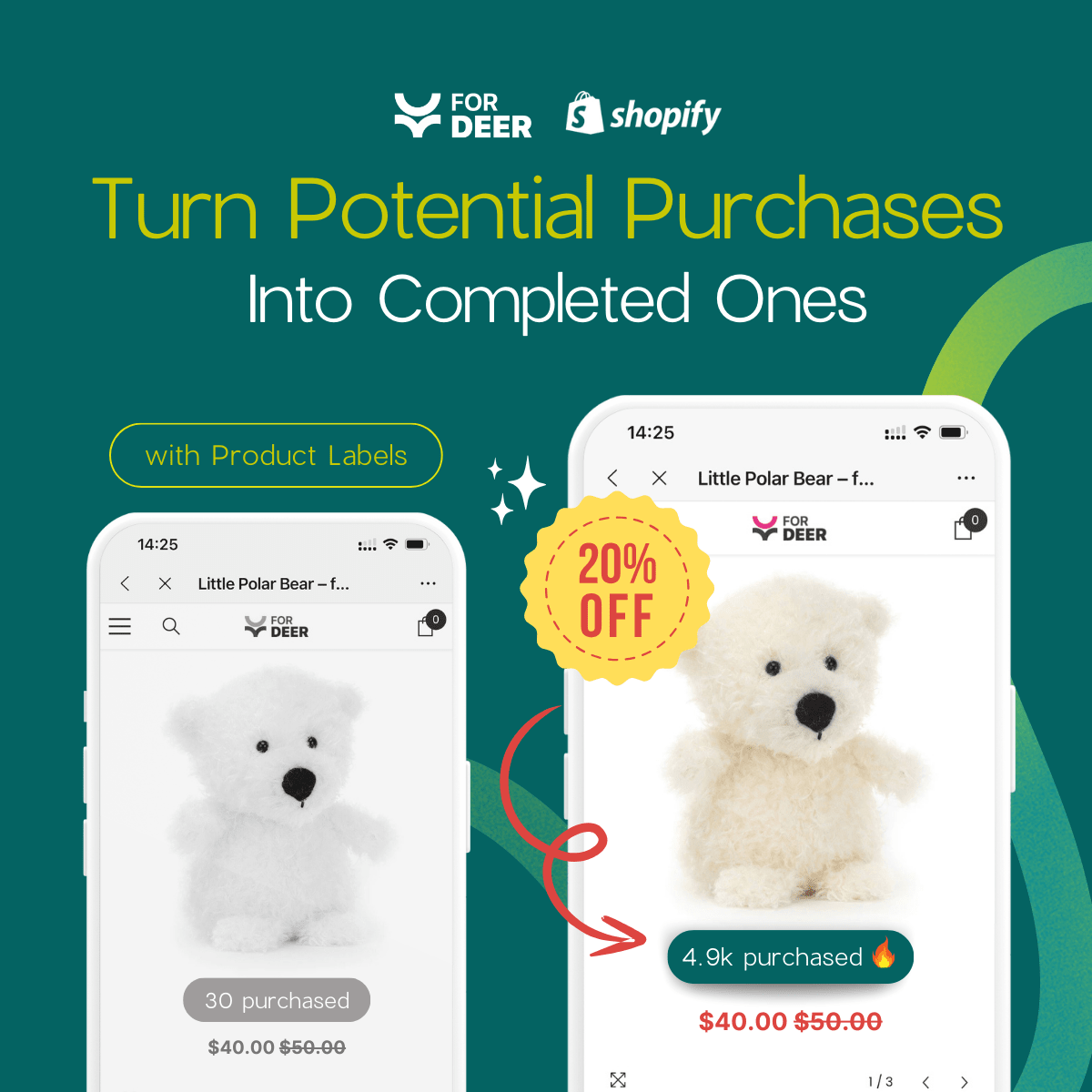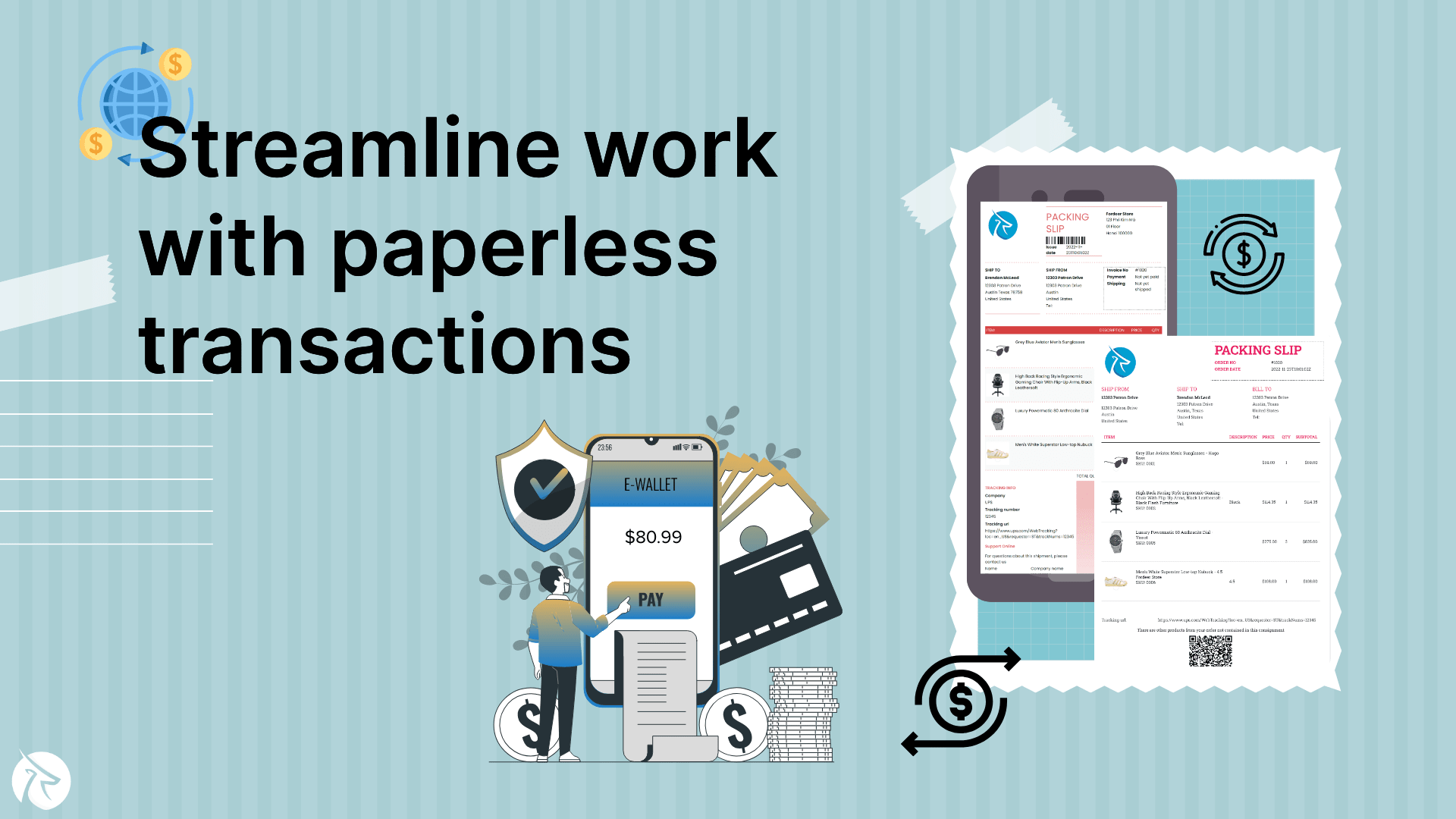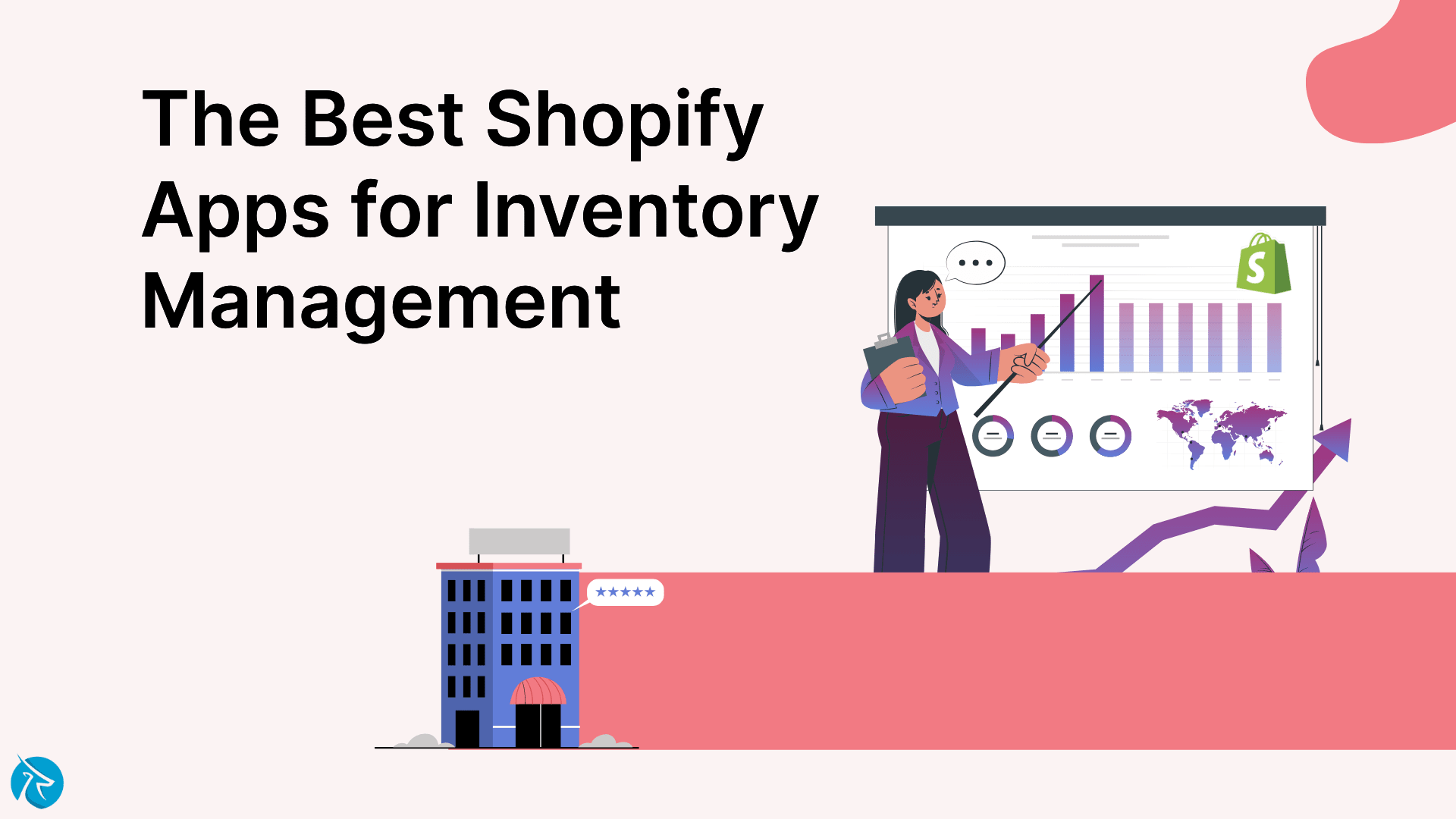A Step-by-Step Guide to Launch Successful PreOrder Campaigns

A well-executed pre-order campaign can make all the difference in ensuring a successful product launch. However, with the ever-evolving landscape of online marketing, it's crucial to integrate effective strategies into your pre-order initiatives. This step-by-step guide will walk you through the process of launching a successful pre-order campaign to maximize visibility and engagement.
Understanding PreOrder Campaigns
What is a preorder campaign
First things first, Fordeer would like to make sure that you have a good grasp on preorder campaigns. A pre-order campaign is a marketing strategy employed by businesses, particularly in the retail and e-commerce sectors, to generate anticipation and secure customer commitments before the official release of a product. This approach allows customers to place orders for a product before it becomes widely available in the market, often providing them with exclusive benefits or early access.
For business, preorders can serve these purposes:
- Anticipation and buzz
- Cash flow
- Marketing opportunity
- Feedback and refinement
For customers, a preorder campaign can be a good deal as they offer:
- Customer engagement
- A community
- Exclusive offers
Why successful preorder campaigns important
Successful preorder campaigns hold significant importance for businesses across various industries. It contributes to the overall success of a product launch by creating excitement, generating revenue, building a loyal customer base, and so much more.
Revenue generation
A well-executed pre-order campaign holds the potential to make a substantial impact on revenue generation in the lead-up to the official product launch. This proactive engagement from customers, as evidenced by successful pre-orders, results in a crucial influx of revenue.

This financial boost plays a pivotal role in not only covering immediate production costs but also in mitigating marketing expenses and addressing various associated expenditures. In essence, the success of the pre-order campaign becomes a financial cornerstone, providing a solid foundation for the entire product launch process.
Beyond the immediate financial impact, a successful preorder campaign speaks volumes about the resonance of the product within its target market. The fact that customers are not only aware of the upcoming launch but are actively participating by placing preorders indicates a positive reception. This active involvement fosters a sense of connection between the brand and its customer base, laying the groundwork for enduring customer relationships.
Moreover, a thriving preorder campaign goes beyond mere financial transactions; it sets the stage for building momentum and excitement surrounding the impending product launch. The positive reception and anticipation generated through successful pre-orders contribute to creating a buzz in the market. This heightened awareness and enthusiasm play a pivotal role in ensuring that the product stands out in a competitive landscape, further solidifying its market presence.
A successful preorder campaign suggests that the messaging, timing, and choice of promotional channels have been carefully orchestrated to yield the desired results. This strategic alignment not only enhances the immediate success of the campaign but also contributes to a positive brand image.
Market validation
Successful pre-order campaigns carry significant weight, suggesting not only the achievement of positive outcomes but also underscoring a robust demand and favorable reception from the intended audience. This success is particularly evident in the substantial number of pre-orders received, acting as a potent form of market validation.
The considerable volume of pre-orders is more than just a numerical metric; it symbolizes a resounding endorsement from the consumer base. This collective commitment from customers signifies that the product possesses qualities that resonate strongly with their preferences and expectations. The resonance observed in pre-orders becomes a pivotal indicator of the product's potential for success on a broader scale within the market.
Successful preorder campaigns also encapsulate the culmination of effective marketing strategies, compelling product attributes, and a keen understanding of consumer needs. The positive response observed in pre-orders isn't merely a numerical achievement; it is a testament to the alignment of the product with the desires and aspirations of the target audience.
Furthermore, the concept of success in pre-order campaigns extends beyond immediate financial gains. It reflects the establishment of a profound connection between the brand and its customers. Customers, in placing preorders, are not merely making a purchase; they are expressing their trust and enthusiasm for a product that aligns with their values.
Building momentum
The triumph of a pre-order campaign serves as a catalyst, propelling momentum and creating a delightful buzz in the lead-up to the imminent product launch. This upbeat momentum plays a pivotal role in not only sustaining interest but also cultivating a sense of anticipation among your audience. It becomes a driving force, ensuring that your product captures the spotlight in a market characterized by fierce competition.
This positive momentum is akin to the flutter of excitement before the curtain rises on a much-anticipated performance. It heightens the overall experience for your audience, building a sense of eager expectation.

Moreover, the success of a preorder campaign is akin to setting the stage for a grand event. Customers aren't just purchasing a product; they are participating in an unfolding story, and the success of your pre-order campaign ensures that this story resonates positively with your target audience.
In the bustling landscape of a competitive market, where products vie for attention, a successful pre-order campaign becomes your brand's spotlight moment. It goes beyond the transactional aspect, transforming into an emotional connection with your audience. This positive pre-launch buzz isn't just about securing early sales; it's about creating a lasting impression and making your product stand out amidst the myriad choices consumers face.
Positive brand image
Effective pre-order campaigns play a pivotal role in shaping a positive brand image, imparting a sense of warmth and reliability to customers. The successful preorder campaigns fortify the brand's standing as forward-thinking, customer-focused, and aligned with prevailing market trends.
When a preorder campaign is deemed successful, it communicates more than just financial gains or heightened anticipation; it speaks to the brand's ability to understand and connect with its audience on a deeper level. A well-implemented pre-order initiative is a testament to the brand's commitment to innovation.

It signals an understanding of market dynamics, a willingness to meet customer expectations, and an ability to stay ahead of the curve. This innovative edge becomes a hallmark of the brand, elevating its image in the eyes of consumers, who seek not just products but experiences that resonate with their evolving needs.
Furthermore, by anticipating and meeting customer demands through a well-received preorder campaign, the brand positions itself as a trendsetter rather than a follower. This proactive stance creates a positive perception among consumers, fostering a sense of trust and reliability.
A step-by-step guide to launching successful preorder campaigns
Define what you want to pre-sell
Defining what a business wants to pre-sell is a crucial step in the pre-order process and carries several significant benefits. When you define the product or service to be pre-sold, it allows your business to align pre-sales initiatives with overall business objectives, ensuring that the pre-selling effort contributes meaningfully to the company's goals, whether it's generating revenue, clearing inventory, or building anticipation for a new product.
Clearly identifying the product or service to be pre-sold enables businesses to tailor their marketing efforts. This specificity allows for the creation of targeted and compelling marketing campaigns, which are more likely to resonate with the intended audience. Tailored messaging increases the likelihood of attracting customers who are genuinely interested in the pre-sold offering.
Moreover, knowing what is being presold helps in efficient resource allocation. Whether it's allocating production resources, determining inventory levels, or planning marketing budgets, a clear definition of the pre-sold product or service ensures that resources are directed appropriately to support the pre-order campaign.
Businesses face inherent risks in pre-selling, such as potential changes in market conditions, production delays, or unforeseen challenges. By defining what they want to pre-sell, companies can conduct thorough risk assessments and implement strategies to mitigate potential risks. This proactive approach enhances the likelihood of a successful pre-order campaign.
Plus, clearly defining the pre-sold offering contributes to building credibility with customers. It demonstrates transparency and a commitment to delivering on promises. Customers are more likely to participate in pre-orders when they have confidence in the business's ability to fulfill their commitments.
Create a compelling offer
A compelling offer encourages customers to commit to a purchase before the official product launch, resulting in early revenue for the business. This influx of funds can be crucial for covering production costs, marketing expenses, and other financial aspects related to the product release.
Pre-sales campaigns are not just about generating early revenue; they are also about gauging and securing customer commitment. A compelling offer increases the likelihood of customers making a commitment to purchase before exploring alternative options. This commitment is valuable for predicting demand and managing inventory.

Also, compelling pre-sales offers often include exclusive benefits that are not available once the product is officially released. This creates a sense of exclusivity, making customers feel privileged to be part of an early and select group. This exclusivity can enhance the perceived value of the offer.
When you offer exclusive perks or early access to products during pre-sales campaigns, you foster a sense of loyalty among customers. When customers feel valued and receive special treatment, they are more likely to become repeat buyers and advocates for the brand.
Choose appropriate sales channels
Different sales channels cater to diverse demographics and customer segments. Choosing the right channels allows a business to effectively reach its target audience. For example, an e-commerce platform might be ideal for tech-savvy consumers, while traditional retail might appeal to those who prefer in-person shopping experiences.
By diversifying sales channels, businesses can expand their market coverage. A multichannel approach ensures that products or services are available to a wider audience, both geographically and demographically, maximizing the potential for sales growth.
Additionally, understanding where competitors are present and where they are not can provide a competitive advantage. By strategically selecting sales channels, a business can position itself in spaces where it can stand out, whether through unique offerings, superior customer service, or innovative marketing strategies.
Each sales channel comes with its own set of costs, such as overhead, marketing expenses, and distribution. Choosing appropriate channels involves assessing the cost-effectiveness of each option. This ensures that resources are allocated efficiently, maximizing the return on investment for the business.
Last but not least, consistency in brand messaging and representation is crucial for building trust. Selecting sales channels that align with the brand's values and image ensures a cohesive and recognizable presence across all touchpoints, reinforcing your brand identity in the minds of consumers.
Target the right audiences
Identifying and targeting a specific audience helps businesses allocate their resources more efficiently. This includes marketing budgets, time, and effort. By avoiding broad, unfocused strategies, businesses can optimize their resources and achieve a higher return on investment.
Targeting the right audience improves the likelihood of converting leads into customers. When a business addresses the needs of a well-defined audience, potential customers are more likely to engage and make a purchase. Relevant marketing messages increase the chances of capturing the attention of those who are genuinely interested in the products or services offered.

Trust is a critical factor in the decision-making process, and businesses that consistently meet the expectations of their target audience can establish a positive reputation. Connecting with the right audience builds trust and fosters brand loyalty. When customers feel understood and catered to, they are more likely to remain loyal to the brand.
Besides, effective, targeted marketing efforts lead to a higher return on investment. Instead of casting a wide net and hoping for results, businesses can focus on the channels and strategies that resonate most with their specific audience. By doing so, analytics and data-driven insights help businesses refine their strategies, ensuring they invest in what works.
Commit to testing
Testing before officially launching a preorder campaign is a crucial step that businesses should commit to. This commitment to testing ensures that the campaign is well-prepared, strategically sound, and capable of delivering the desired results.
First of all, testing allows businesses to identify and rectify any technical glitches or issues on the preorder platform or website. This ensures a seamless and frustration-free experience for customers during the actual campaign.
Moreover, testing helps ensure that the pre-order campaign functions smoothly across various devices and browsers. This is crucial in today's multi-device landscape to reach a diverse audience without excluding any potential customers.
Testing also helps in building anticipation effectively. Before the official preorder campaign, you should test content, teasers, and promotional materials during the pre-launch phase. This allows businesses to gauge audience interest and adjust their approach.
In conclusion,
Launching successful pre-order campaigns requires a strategic blend of traditional marketing techniques and modern strategies. By conducting thorough research, optimizing your product page, creating compelling content, leveraging social media, implementing email marketing, and encouraging customer reviews, you can build anticipation and drive pre-order sales.
Stay agile, monitor your campaign's performance, and adjust your strategy to ensure a successful product launch that resonates with your target audience and boosts your online presence. Don't forget to stay informed with the Fordeer Team!
For more invaluable information, stay updated with Fordeer Team!
- Install Fordeer Apps for Free
- Get immediate assistance by chatting with us.
- Join Fordeer Commerce Community for fresh app updates, expert tips, and private deals.











